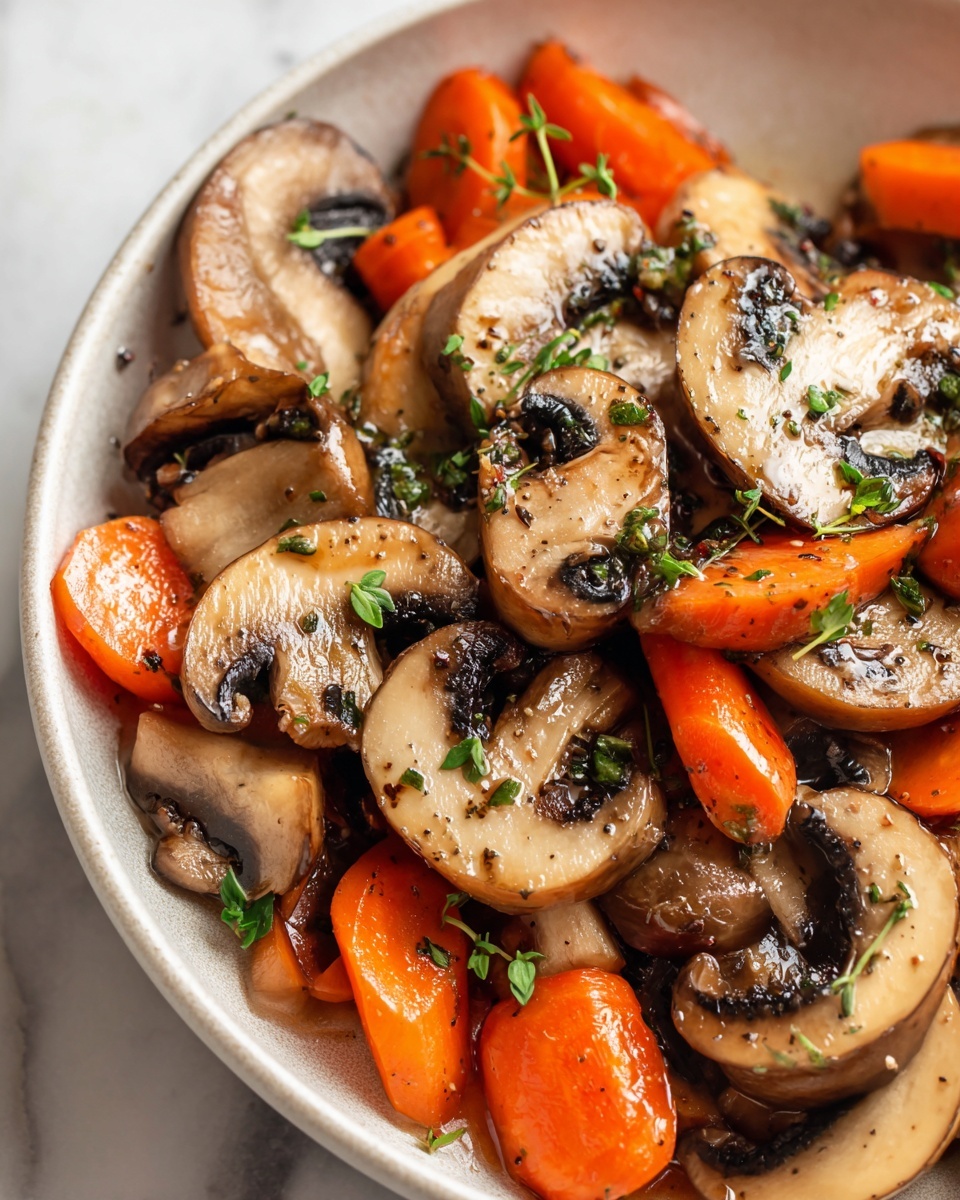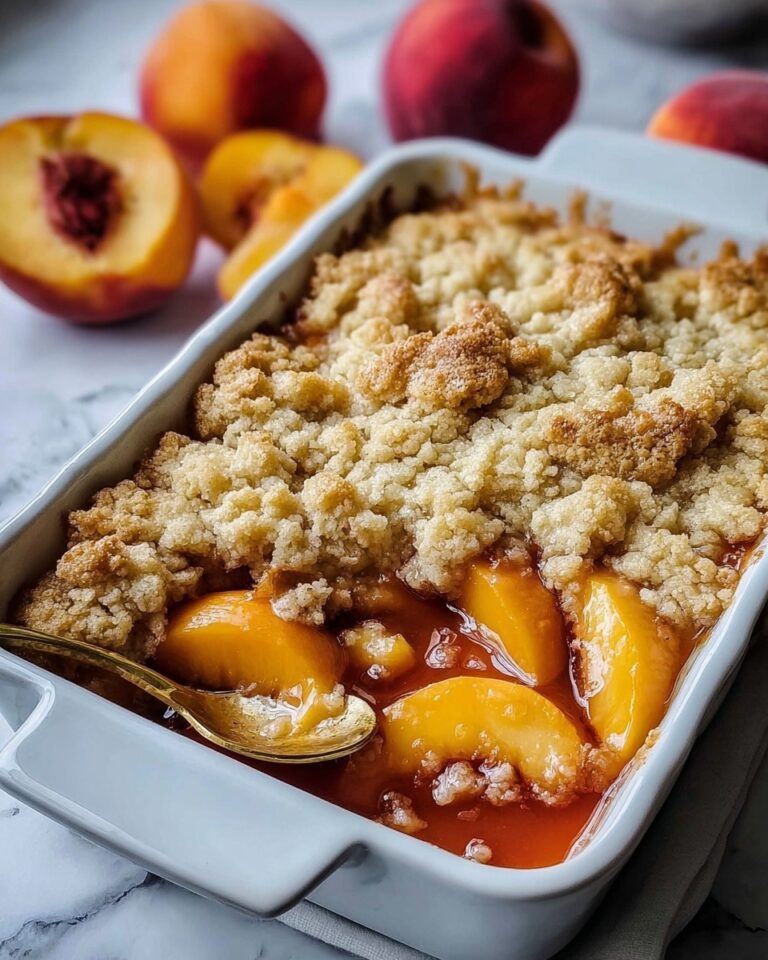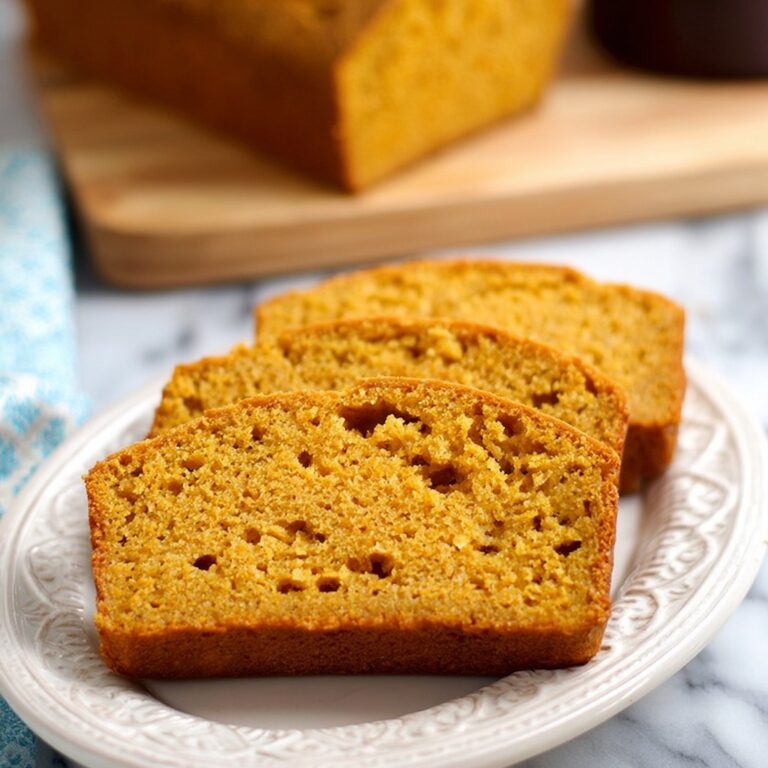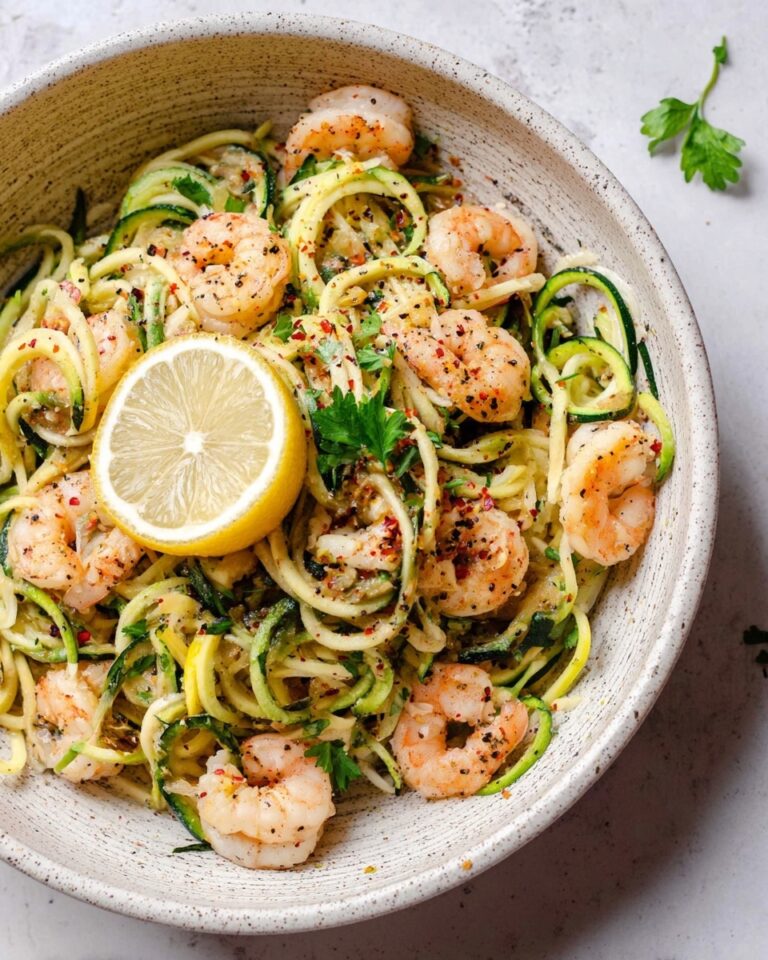If you love warming, hearty dishes that feel like a cozy hug in a bowl, then this Colonial Vegetable Pottage Recipe is going to become your new kitchen staple. This classic, simple-to-make pottage brings together a vibrant mix of root vegetables, herbs, and wholesome oats to create a thick, nourishing stew that’s bursting with earthy flavors and historical charm. It’s the kind of recipe that fills your home with tantalizing aromas while offering a satisfying meal perfect for sharing with family or friends.
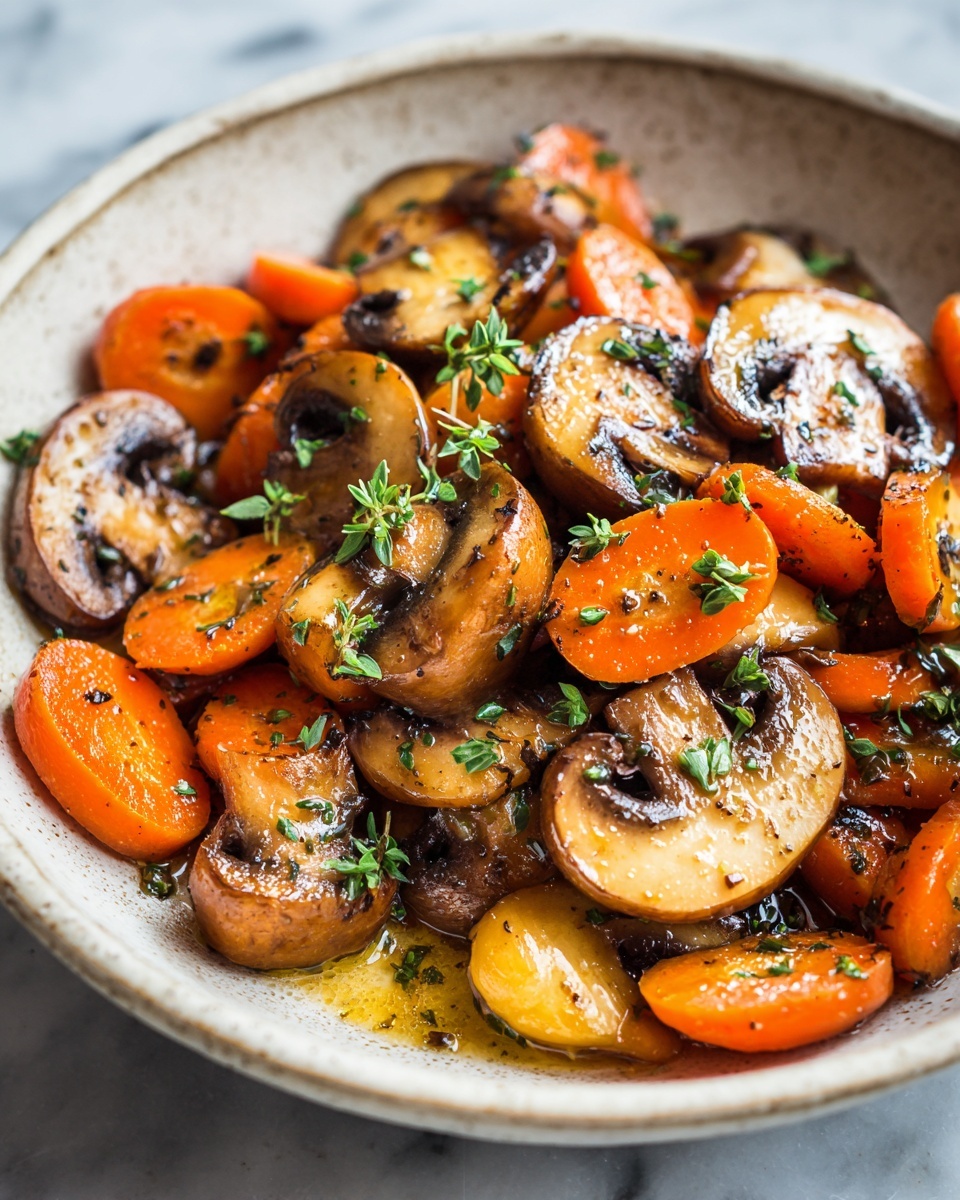
Ingredients You’ll Need
Each ingredient in this Colonial Vegetable Pottage Recipe plays a vital role, bringing a unique texture, flavor, or color that makes the final dish so special. The beauty lies in the simplicity—every component is humble but essential, combining harmoniously to create something greater than the sum of its parts.
- Carrots: Peeled and diced, they add natural sweetness and a vibrant color that brightens the pottage.
- Onion: Diced to provide a foundational savory note that deepens the overall flavor.
- Root vegetable (parsnip or turnip): Peeled and diced, these earthy roots add body and a slightly nutty undertone.
- Leek: Roughly chopped for a mild, onion-like taste that balances well with the other vegetables.
- Cabbage: Adds bulk and a subtle sweetness as it softens during cooking.
- Mushrooms: Any variety works; they contribute a lovely, meaty texture and umami richness.
- Dried thyme, rosemary, and ground sage: Aromatic herbs essential for that authentic colonial flavor profile.
- Vegetable or chicken stock: A generous 8 cups that infuse the pottage with deep savory notes and liquid body.
- Bay leaf: Adds a fragrant depth during simmering.
- Rolled oats: Stirred in to thicken the pottage naturally, giving it a creamy texture without cream.
- Vinegar (apple cider recommended): A splash brightens the flavors, balancing the richness with a gentle tang.
- Kosher salt and freshly cracked black pepper: To season and enhance every flavor element.
How to Make Colonial Vegetable Pottage Recipe
Step 1: Cook Root Vegetables
Start by heating a large pot or Dutch oven over medium heat. Combine your carrots, diced onion, parsnip or turnip root vegetables, and about a quarter cup of the stock. This initial gentle cooking softens these hearty vegetables just enough to begin developing their sweetness and meld the flavors. Allow it to simmer for about 10 minutes while stirring occasionally to avoid sticking.
Step 2: Add Remaining Vegetables and Herbs
Next, toss in your chopped leeks, cabbage, and mushrooms along with dried thyme, rosemary, and sage. These ingredients introduce layers of flavor and texture that bring the pottage to life. Cook this mixture for roughly 5 minutes, stirring now and then so the herbs release their aromatic oils and the vegetables begin to tenderize.
Step 3: Simmer with Stock
Pour in the rest of your vegetable or chicken stock and add the bay leaf. Bring everything to a boil before reducing the heat to a simmer. Let the pottage stew partially covered for 30 minutes. This slow cooking lets the flavors deepen and blend while the vegetables become luxuriously soft.
Step 4: Add Oats
Now stir in the rolled oats, which will cook down and thicken the pottage into a satisfying, stew-like consistency. Keep the pot uncovered at this stage and simmer for about 20 minutes, stirring occasionally. The oats should be tender, and the liquid will thicken to a creamy rich texture.
Step 5: Season and Serve
Once the oats are perfectly cooked, remove the bay leaf. Stir in a tablespoon of vinegar—apple cider vinegar adds a lovely brightness—and then season with kosher salt and freshly cracked black pepper to taste. Serve this Colonial Vegetable Pottage Recipe piping hot to enjoy every comforting spoonful.
How to Serve Colonial Vegetable Pottage Recipe
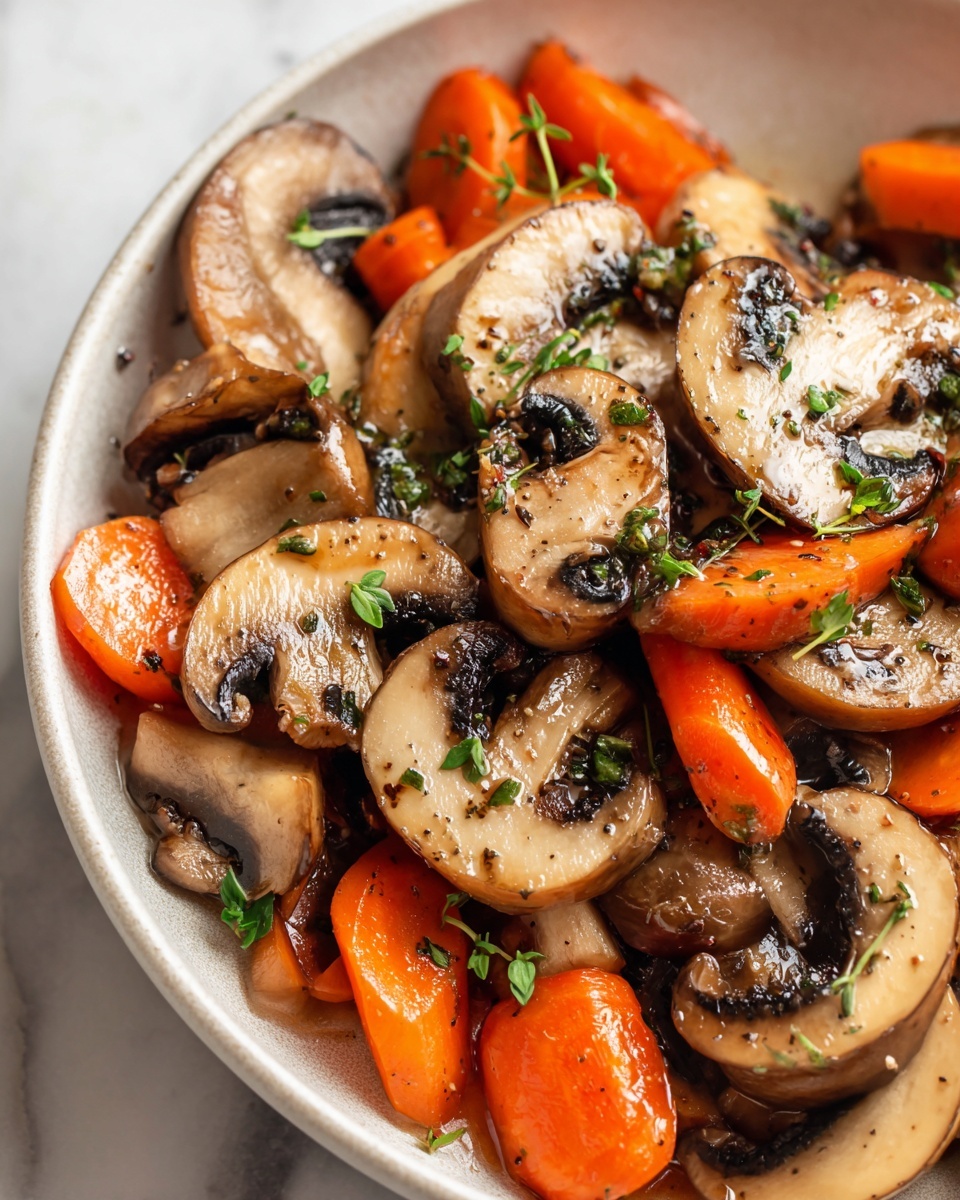
Garnishes
Simple garnishes enhance this pottage beautifully. Fresh chopped parsley or thyme adds a pop of green and fresh aroma, while a drizzle of good olive oil or a pat of butter on top brings additional richness that melts into each bite.
Side Dishes
This pottage shines when paired with hearty crusty bread or rustic rolls, perfect for soaking up the broth’s flavorful goodness. For a fuller meal, a side salad with a tangy vinaigrette complements the creaminess with crisp and bright notes.
Creative Ways to Present
For an inviting presentation, serve your Colonial Vegetable Pottage Recipe in large, rustic bowls that echo its colonial roots. For special occasions, try topping with toasted seeds or nuts for an unexpected crunch, or offer it alongside a selection of artisanal cheeses to elevate the experience.
Make Ahead and Storage
Storing Leftovers
This pottage keeps beautifully in the fridge for up to 4 days. Store it in an airtight container to preserve those vibrant flavors and prevent the oats from absorbing too much moisture.
Freezing
If you want to enjoy this dish later, it freezes well. Portion it into freezer-safe containers, leaving a little space for expansion, and freeze for up to 3 months. Thaw gently overnight in the fridge before reheating.
Reheating
Reheat your Colonial Vegetable Pottage Recipe gently over low heat on the stovetop, stirring occasionally. Add a splash of stock or water if it’s too thick—it easily regains its perfect creamy texture with a little coaxing.
FAQs
Can I use other vegetables in the Colonial Vegetable Pottage Recipe?
Absolutely! While the traditional recipe is based on root vegetables and cabbage, feel free to add seasonal veggies like sweet potatoes, parsnips, or even kale. Just remember that cooking times may vary depending on the vegetable.
Is it possible to make this pottage vegan?
Yes! Just use vegetable stock instead of chicken stock, and ensure all other ingredients are vegan-friendly. The rolled oats and veggies provide plenty of creaminess so you won’t miss any dairy.
What type of oats works best?
Rolled oats are ideal because they cook evenly and thicken the pottage without turning mushy. Avoid instant oats as they can break down too much and affect the texture.
Can I add protein to make it more filling?
Certainly. Adding cooked beans, lentils, or even diced cooked chicken can turn this into a heartier entree. Just adjust seasoning accordingly.
How can I adjust seasoning if pottage tastes bland?
Try adding a bit more vinegar or a squeeze of lemon juice to brighten the flavors. Sometimes a small pinch of smoked paprika or a dash of soy sauce can deepen the savory profile without overpowering the classic taste.
Final Thoughts
This Colonial Vegetable Pottage Recipe is a wonderful journey back to simple, nourishing cooking that comforts the soul. Whether you’re aiming for a wholesome weeknight dinner or a dish to share with loved ones on a chilly day, it checks all the boxes with ease and elegance. Don’t hesitate to try it yourself—you’ll soon understand why this humble recipe has a timeless place in many kitchens.
Print
Colonial Vegetable Pottage Recipe
- Prep Time: 15 minutes
- Cook Time: 65 minutes
- Total Time: 80 minutes
- Yield: 36 servings
- Category: Soup
- Method: Stovetop
- Cuisine: Colonial American
- Diet: Vegetarian
Description
A hearty and wholesome Colonial Vegetable Pottage featuring a medley of root vegetables, cabbage, mushrooms, and aromatic herbs simmered with rolled oats to create a thick, comforting soup perfect for a nourishing meal.
Ingredients
Vegetables
- 1 cup carrots, peeled and diced
- 1 cup onion, diced
- 1 cup root vegetable (parsnip or turnip), peeled and diced
- 1 cup leek, cleaned and roughly chopped
- 1 cup cabbage, roughly chopped
- 1 cup mushrooms (any variety), roughly chopped
Herbs & Seasoning
- ½ teaspoon dried thyme
- ½ teaspoon dried rosemary
- ½ teaspoon ground sage
- 1 bay leaf
- Kosher salt, to taste
- Freshly cracked black pepper, to taste
Liquids & Others
- 8 cups vegetable or chicken stock
- 1 cup rolled oats
- 1 tablespoon vinegar (such as apple cider vinegar)
Instructions
- Cook Root Vegetables: In a large pot or Dutch oven, combine carrots, onion, root vegetables (parsnip or turnip), and ¼ cup of the stock. Cook over medium heat for 10 minutes, or until vegetables begin to soften.
- Add Remaining Vegetables and Herbs: Add leeks, cabbage, mushrooms, thyme, rosemary, and sage to the pot. Cook for 5 minutes, stirring occasionally to combine flavors and soften the vegetables.
- Simmer with Stock: Pour in the remaining stock and add the bay leaf. Bring the mixture to a boil, then reduce the heat to low and simmer partially covered for 30 minutes to develop a rich, aromatic broth.
- Add Oats: Stir in the rolled oats and continue to simmer uncovered for 20 minutes, or until the oats are tender and the soup has thickened to a pottage consistency.
- Season and Serve: Remove the bay leaf. Stir in the vinegar for a light tang and season with kosher salt and freshly cracked black pepper to taste. Serve the soup hot for a comforting meal.
Notes
- Use any variety of mushrooms available; cremini or button mushrooms work well.
- For a vegan version, use vegetable stock instead of chicken stock.
- The rolled oats help thicken the soup naturally, adding a creamy texture without cream.
- Adjust vinegar quantity slightly if you prefer a stronger or milder tang.
- Leftovers can be stored refrigerated for up to 3 days and reheated gently on the stovetop.

